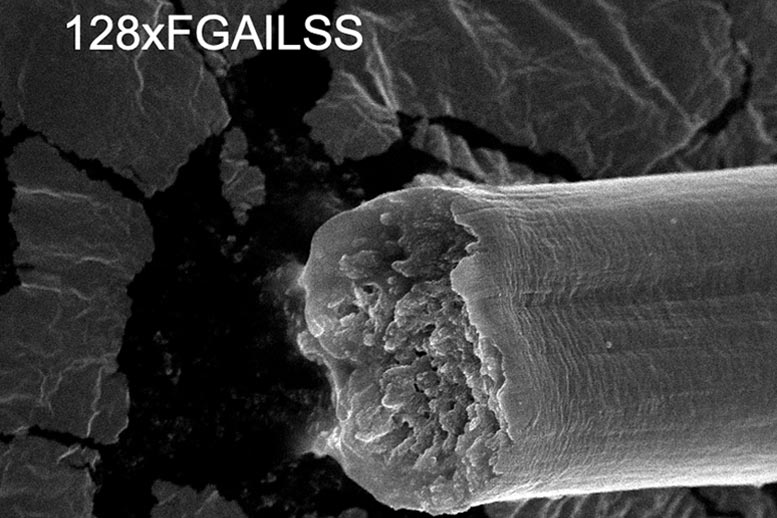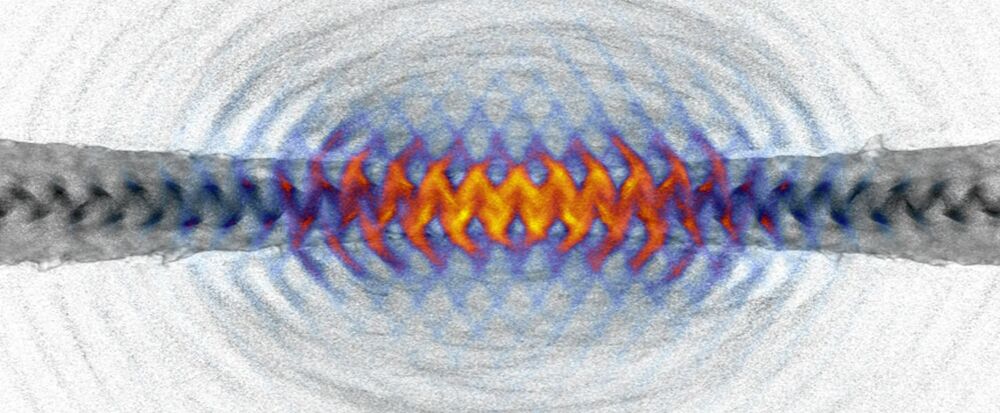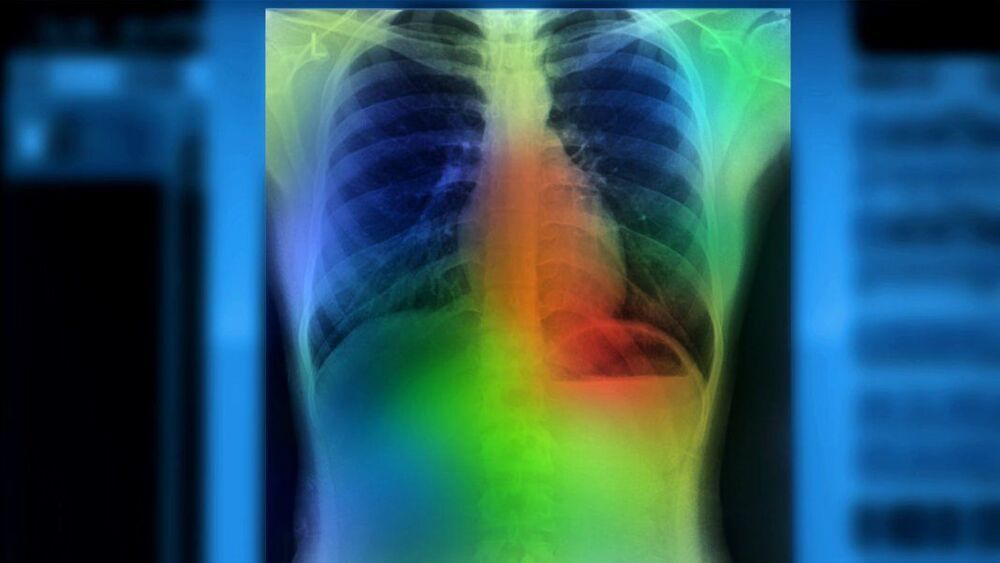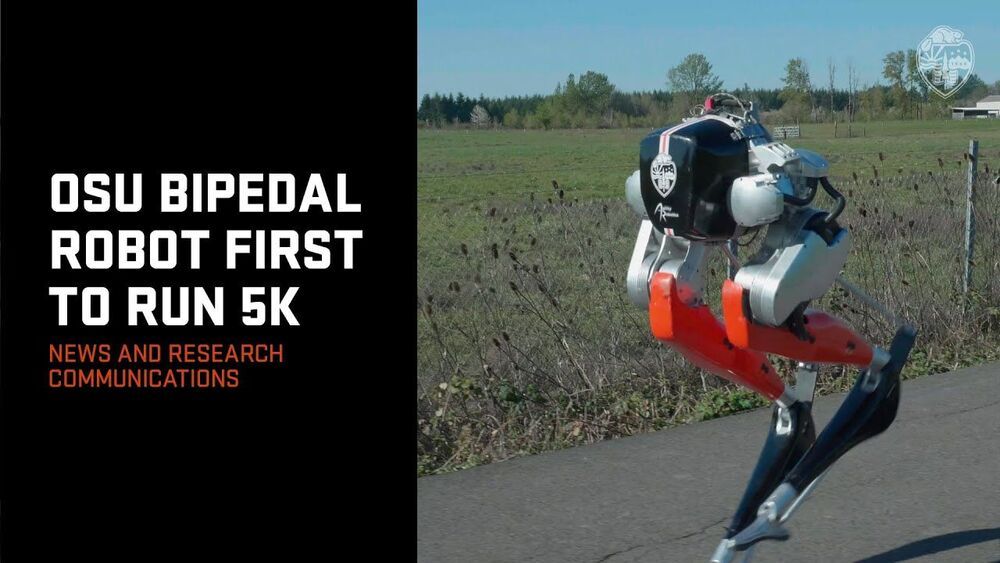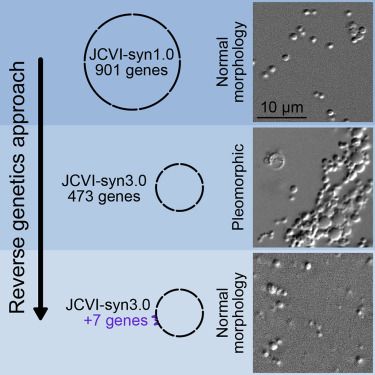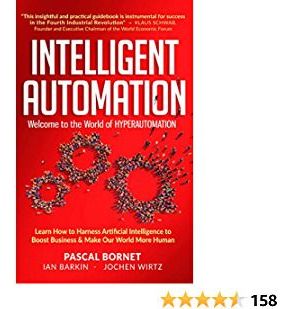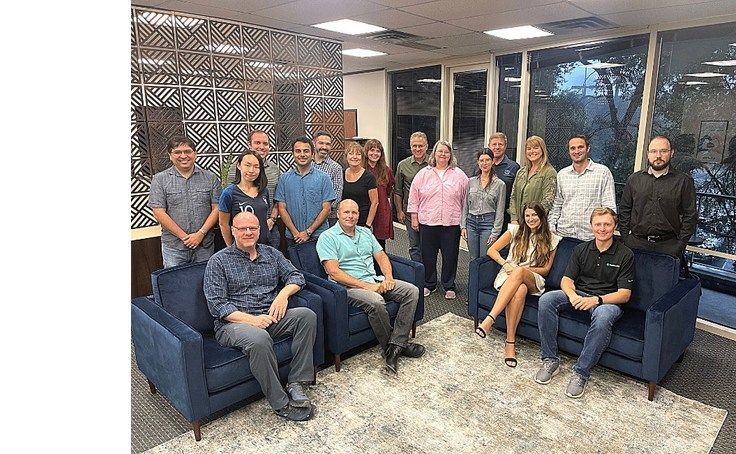Jul 27, 2021
Incredible Fibers Produced by Engineered Bacteria: Stronger Than Steel, Tougher Than Kevlar
Posted by Quinn Sena in category: materials
Artificially designed, amyloid-silk hybrid protein developed in Zhang lab even outperforms some spider silks.
Spider silk is said to be one of the strongest, toughest materials on the Earth. Now engineers at Washington University in St. Louis have designed amyloid silk hybrid proteins and produced them in engineered bacteria. The resulting fibers are stronger and tougher than some natural spider silks.
Their research was published in the journal ACS Nano.
